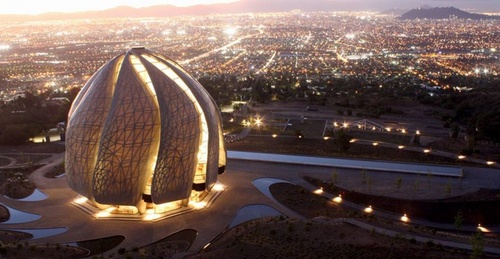The vagus nerve, emotions and the difficulty with mindfulness practices POSTED BY TRACY A. ANDREWS, MSOM, LAC “Now, many people who don’t know a lot about trauma think that trauma has something to do with something that happened to you a…
The vagus nerve, emotions and the difficulty with mindfulness practices




